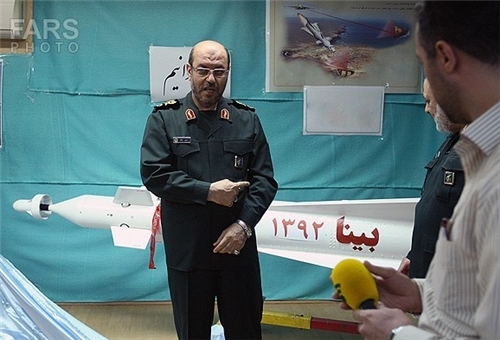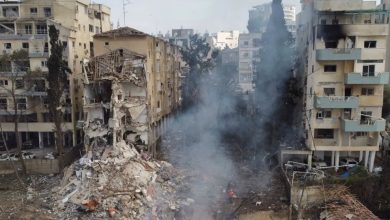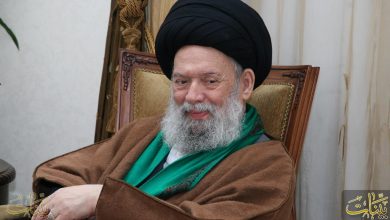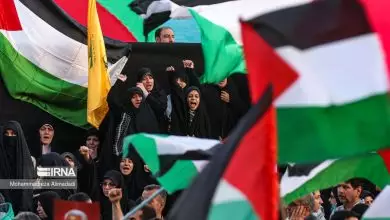DM: Iran’s New Missiles “Response to US Prating”

He enumerated the high-speed in destroying the targets, easy maintenance and high-speed of operation as specifications of Bina missile.
The minister further noted Iran’s newly developed ballistic missile with MRV payload, and said it has been designed and produced for destroying enemy’s military hardware and all types of enemy military equipment.
“Evading enemy’s anti-missile defense systems, the capability of destroying massive targets and destroying multiple targets are specifications of this missile,” the Iranian defense minister said, but did not name the new weapon.
A Multiple Reentry vehicle payload for a ballistic missile deploys multiple warheads in a pattern against a single target. (As opposed to Multiple independently targetable reentry vehicle, which deploys multiple warheads against multiple targets.) The advantage of an MRV over a single warhead is that the damage produced in the center of the pattern is far greater than the damage possible from any single warhead in the MRV cluster, this makes for an efficient area attack weapon. Also, the sheer number of Warheads make interception by Anti-ballistic missiles unlikely.

Trajectory and Targeting of Ballistic Missiles with MRV Payloads

MRIV payload (Photo from Google Archives)
Yet, Iranian officials have always stressed that the country’s military and arms programs serve defensive purposes and should not be perceived as a threat to any other country.







